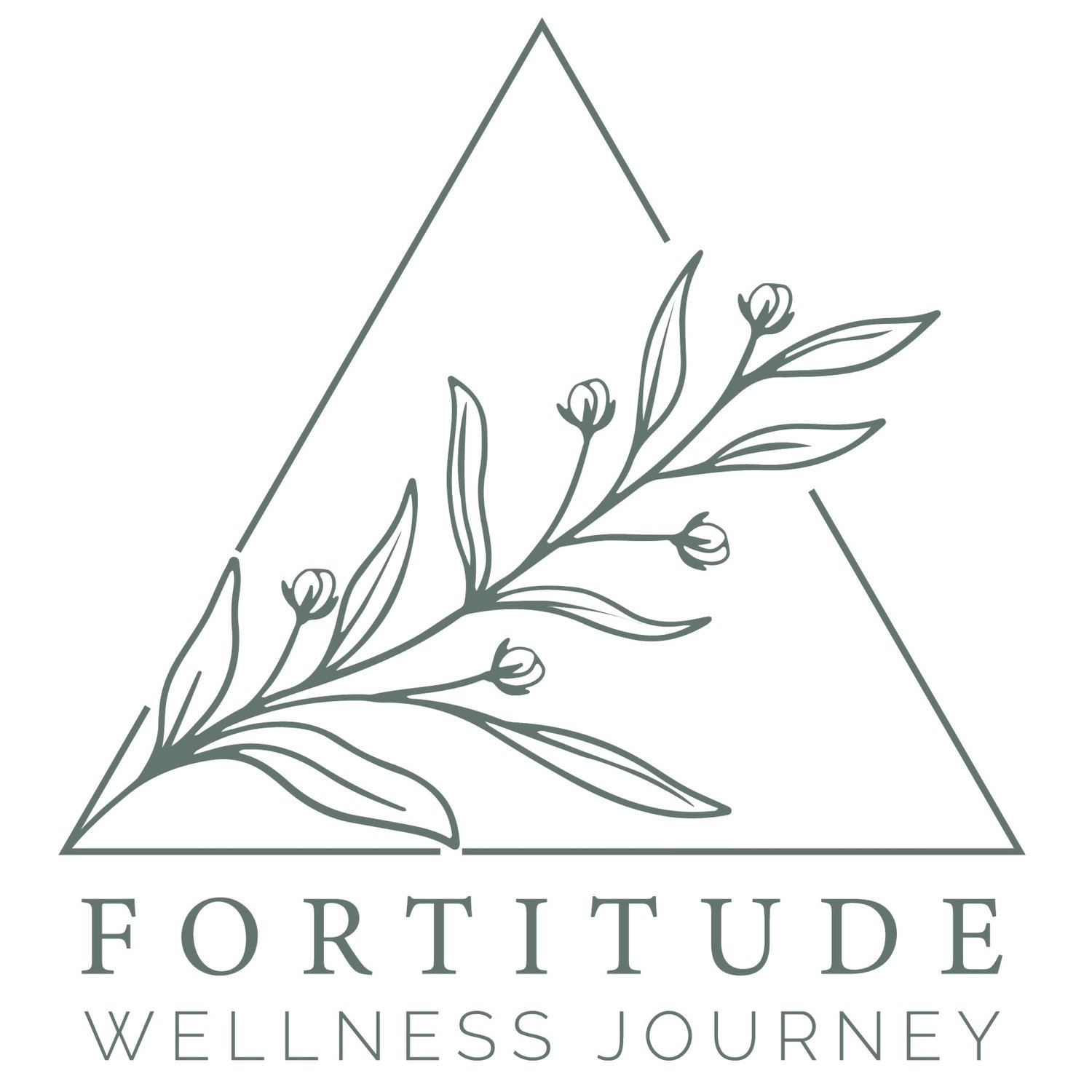C.A.R.E.S.S Technique
Coping with trauma and/or other mental health related things can be challenging. It is common for individuals to engage in harmful behaviours (such as self harm, eating disorders, etc.) as a way of managing the symptoms associated with mental health, trauma, and/or emotions.
Lisa Ferentz developed a technique that has been shown to help individuals cope with self-destructive behaviours (which is referred to as the C.A.R.E.S.S technique).
The C.A.R.E.S.S technique
When you get the impulse to engage in a harmful behaviour try implementing a behaviour from each category described below instead. It is important to set a timer for each section as this will help bring you back, re-ground you, and allow you to move onto the next section.
C.A. (Communicate Alternatively) - 10 to 15 minutes
Self destructive behaviours are a form of communication. Typically, these behaviours were a way of communicating feelings, thoughts, pain from unprocessed trauma, needs, etc. below are some less destructive ways to communicate. Below are some less destructive ways to communicate these:
Draw/paint the body part you want to “hurt” or draw the purge
Draw the emotions that accompany the urge
Make a collage of words/images that capture thoughts/feelings
Write a poem about your feelings
Draw an outline of your body and write words on various body parts
Visualize doing the behavior and write about what you think/feel
Write about what was happening when you felt the urge
R.E. (Release Endorphins) - 10 to 15 minutes
After self-harming behaviours, the brain releases endorphins as a response to pain or body trauma. This can help someone feel better temporarily which is why these behaviours can quickly turn into an unhealthy way of coping (as they create temporary relief). Other ways to experience the release of endorphins are as follows:
Run up/down the stairs/march in place
Exercise/move your body
Put on the radio and dance
Listen to a funny comedian on a CD/video
Watch a funny movie/TV show
Read something that makes you laugh
Hold/stroke/hug your pet
Hug a pillow, stuffed animal, or a tree
S.S. (Self-Soothe) - 10 to 15 Minutes
It is important to learn new coping skills that promote self care while minimizing anxiety from future triggering events. Self soothing is one way to incorporate healthy coping tools into your toolbox. Some ways you can self soothe are as follows:
Wrap in a quilt and rock in rocking chair
Take a warm shower/bubble bath
Light scented candles or oil
Play soothing music
Read positive affirmations
Massage hands with soothing lotion
Grounding techniques (progressive muscle relaxation, deep breathing, meditation, etc.)
If you are looking to manage your emotions and feelings in a healthier way, try incorporating the C.A.R.E.S.S technique into your coping skills. If you are looking for extra support around self destructive behaviours, processing unresolved trauma, and/or minimize being triggered by future events, reach out to a trusted professional and see how they can best support you.
** If this is an emergency please call 911 or go to your local hospital. If you are experiencing a crisis please call the Ontario Crisis Line at 1-866-531-2600

